The ghosts of technology past are now fetching serious cash.
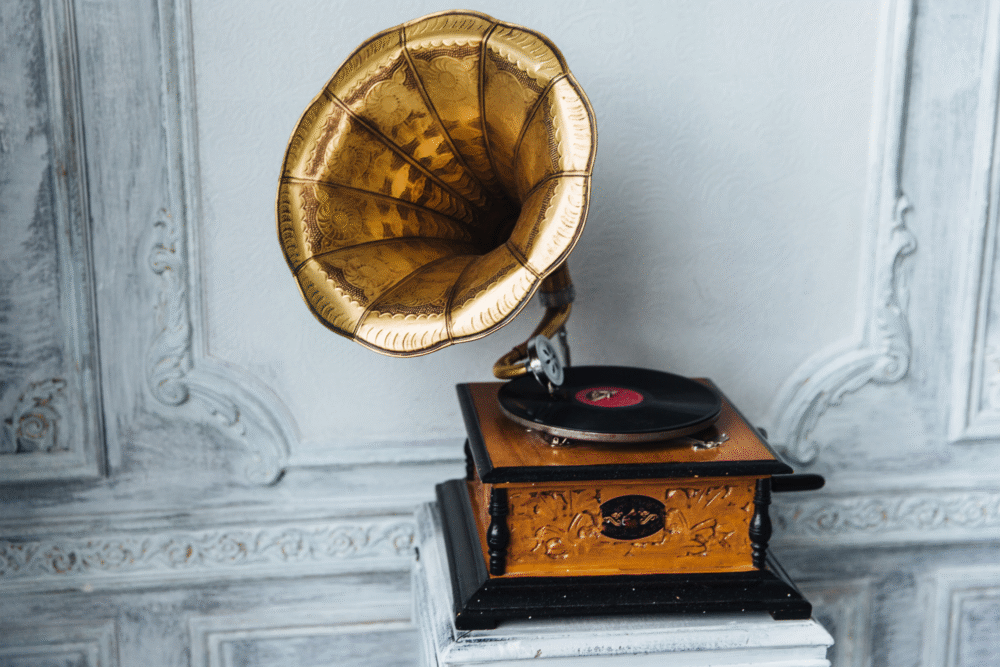
In the dusty attics and forgotten corners of suburban homes lies a graveyard of technological ambition. These relics of a bygone digital era—the chunky laptops, the clicking game consoles, the first pocket-sized music players—were once the pinnacle of innovation, long since abandoned for sleeker, faster successors. Most are destined for the landfill, their value erased by the relentless march of progress.
But for a select few, a strange and wonderful afterlife awaits. Driven by nostalgia, collector obsession, and a newfound appreciation for analog quality, some of these vintage electronics are experiencing a remarkable renaissance in value. What was once considered junk might now be a hidden treasure, capable of commanding a surprising price at the local pawn shop.
1. The original Apple iPod can be a collector’s dream.

The click wheel, the chunky white body, the sheer novelty of having 1,000 songs in your pocket—the first-generation iPod didn’t just launch a product; it launched a cultural revolution. While its technology is now laughably obsolete, its status as a historic artifact of design and culture has made it highly collectible. An original 2001 iPod, especially one still in its sealed, pristine box, can be worth a significant amount.
Pawn shops and collectors are on the lookout for these iconic devices. Even used models in good working condition, complete with the original FireWire cable and power adapter, can fetch a respectable price. It’s a testament to the power of the Apple brand and the nostalgia for the dawn of the digital music era.
2. High-end vintage turntables are in high demand.
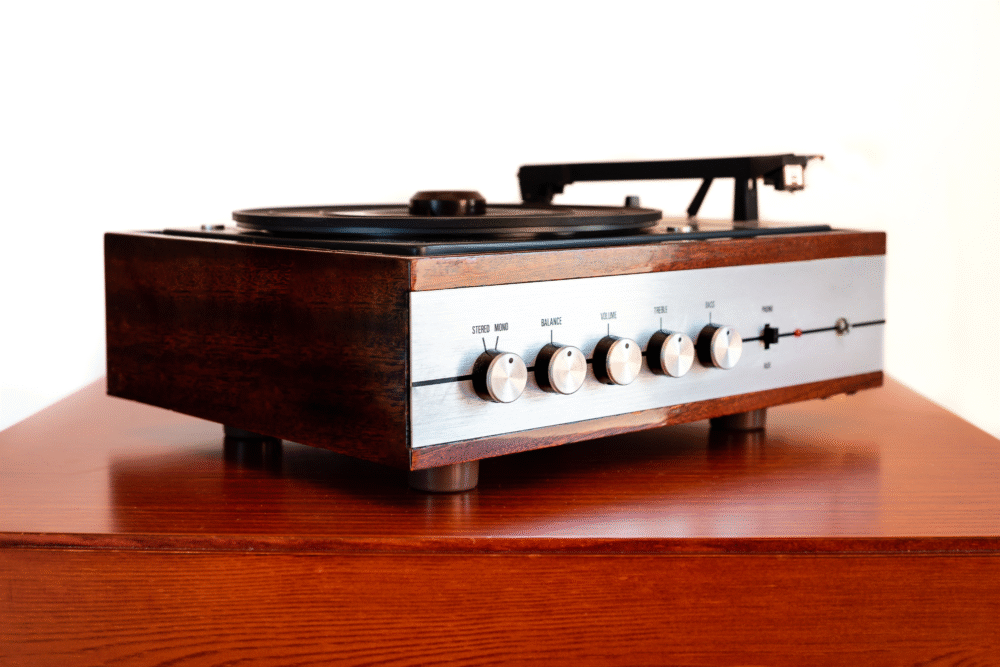
The vinyl revival has been one of the most surprising trends in modern audio, and it has sent the value of high-quality vintage turntables soaring. Brands like Thorens, Linn, and certain classic models from Technics are sought after by audiophiles who believe they offer a warmth and build quality that is superior to many modern, mass-market players. These are not the cheap suitcase players of today; they are precision-engineered machines.
A well-maintained turntable from the 1970s or 80s, particularly one with a solid wood plinth and a high-quality tonearm, can be a valuable find. Pawn shop owners who know their audio equipment will recognize the craftsmanship and potential resale value of these analog beauties, often paying a premium for a classic model in good working order.
3. Classic video game consoles trigger intense nostalgia.
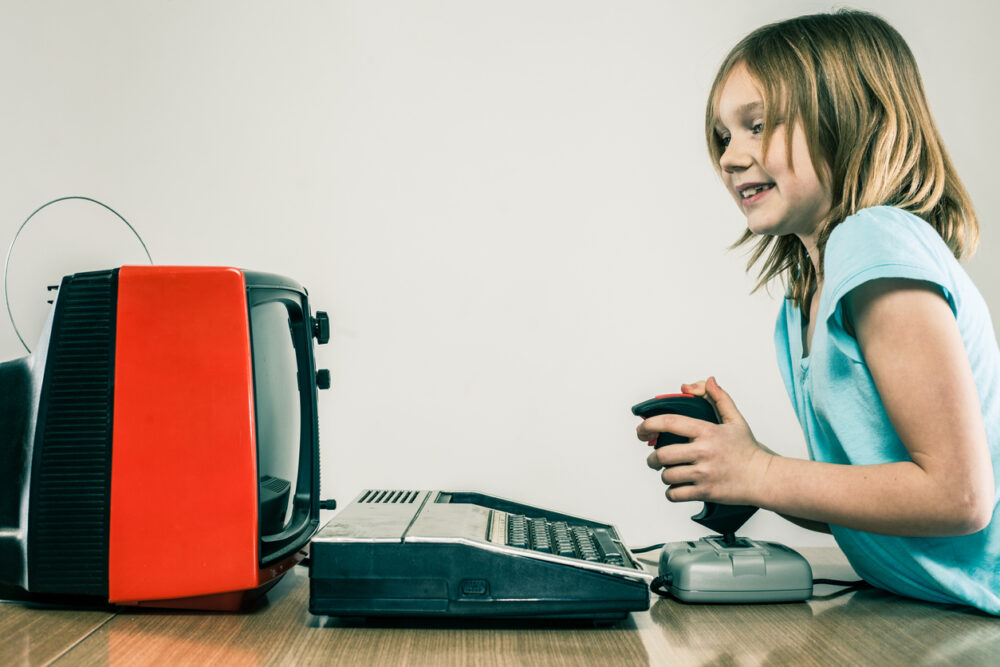
For a certain generation, the bleeps and bloops of a Nintendo Entertainment System or a Sega Genesis are the sounds of childhood. This deep-seated nostalgia has created a booming market for vintage gaming consoles. While millions were produced, finding a unit in excellent cosmetic and working condition, especially with its original controllers and packaging, is becoming increasingly rare.
Pawn shops are often a hotbed for these systems. Consoles like the NES, Super Nintendo, and Sega Genesis are staples, but rarer finds like a TurboGrafx-16 or a Neo Geo can be particularly valuable. The original packaging and included game cartridges can dramatically increase the offer, turning an old toy into a surprisingly valuable asset.
4. Early handheld gaming devices have a cult following.
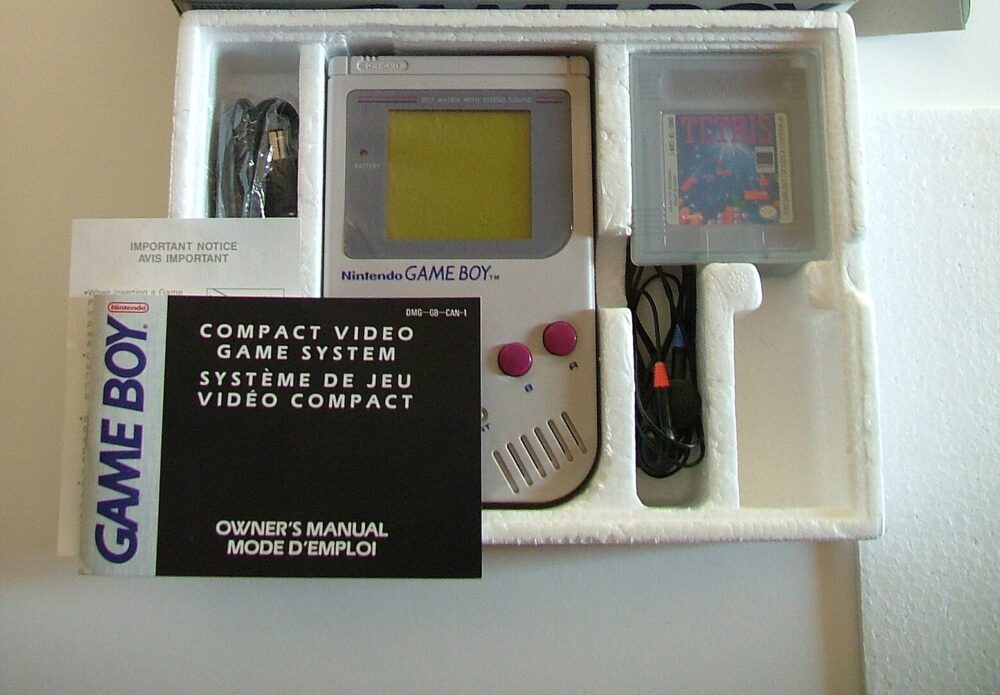
Before smartphones, dedicated handheld gaming devices were the king of portable entertainment. The original Nintendo Game Boy, with its monochrome screen and iconic design, is now a collectible, but its rivals from the era can be even more valuable due to their relative rarity. The Atari Lynx, with its pioneering color screen, and the Sega Game Gear are highly sought after by collectors.
A pawn shop will assess these devices based on their condition, whether they have the original box, and if they come with any games. A working handheld console that was once a childhood companion could now be worth a surprising amount, especially if it’s a less common model that its original owner managed to keep in good shape.
5. Retro boomboxes from the 80s are iconic statement pieces.

The massive, shoulder-mounted boombox is perhaps the most enduring symbol of 1980s street culture and hip-hop. These “ghetto blasters,” once a common sight, are now prized for their retro aesthetic and surprisingly robust sound. Brands like JVC, Panasonic, and Sharp produced models that have become iconic, and collectors are willing to pay a premium for a large, feature-packed unit in working condition.
Finding a vintage boombox with a working cassette deck, clean battery compartment, and intact antenna is the key. Pawn shops often see these as much more than just old radios; they are cultural artifacts and decorative statement pieces. A particularly large or rare model can command a price that would seem unthinkable for an old cassette player.
6. Certain Sony Walkman models are analog treasures.

The Sony Walkman brand defined portable music for decades, but not all models are created equal. While standard cassette players are common, certain high-end and early models are highly collectible. The original Walkman, the TPS-L2 from 1979, is the holy grail for many collectors, instantly recognizable by its blue and silver casing and dual headphone jacks.
Later high-end models, particularly those in the “Professional” series like the WM-D6C, are also highly valued by audio enthusiasts for their superb recording quality. A pawn shop owner who recognizes one of these specific, sought-after Walkman models will know it’s not just another old cassette player and will likely make a strong offer for a device in clean, working condition.
7. Vintage synthesizers can be worth a small fortune.
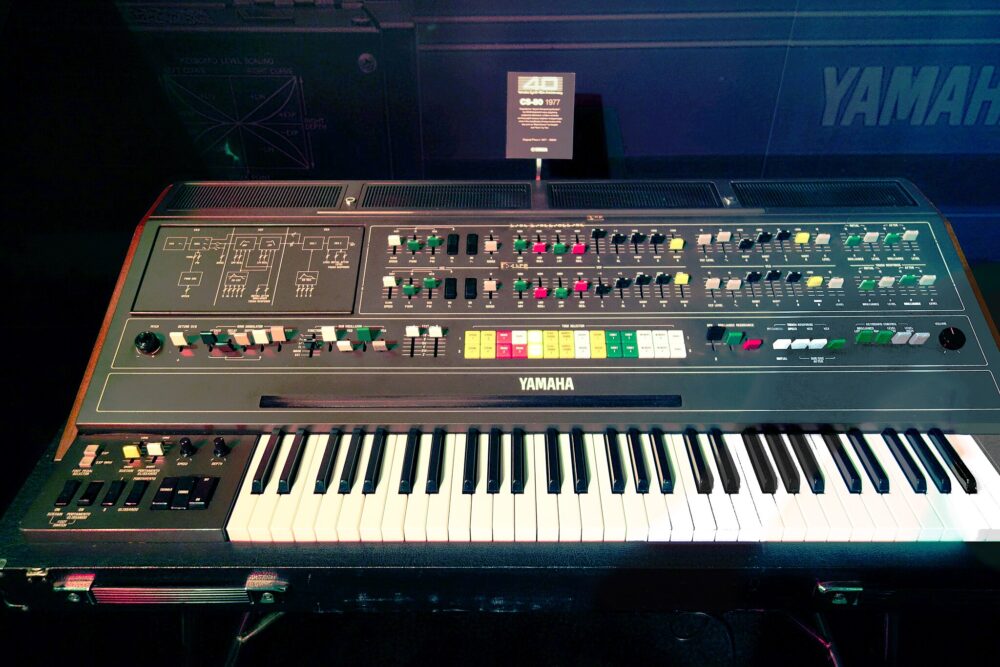
The sound of modern music was shaped by the electronic synthesizers and drum machines of the 1970s and 80s. The warm, analog tones of vintage synths from brands like Moog, Sequential Circuits, and Oberheim are highly coveted by musicians and producers. The most legendary of all might be the Roland TR-808 drum machine, whose iconic sounds are still used in countless hit songs today.
These instruments can be incredibly valuable, often worth thousands of dollars. While a pawn shop might not be the ideal place to sell such a high-end item, one that specializes in musical instruments will immediately recognize the value of a classic piece of gear. Finding one of these in a relative’s attic could be a major financial windfall.
8. Old-school Polaroid cameras have seen a major resurgence.
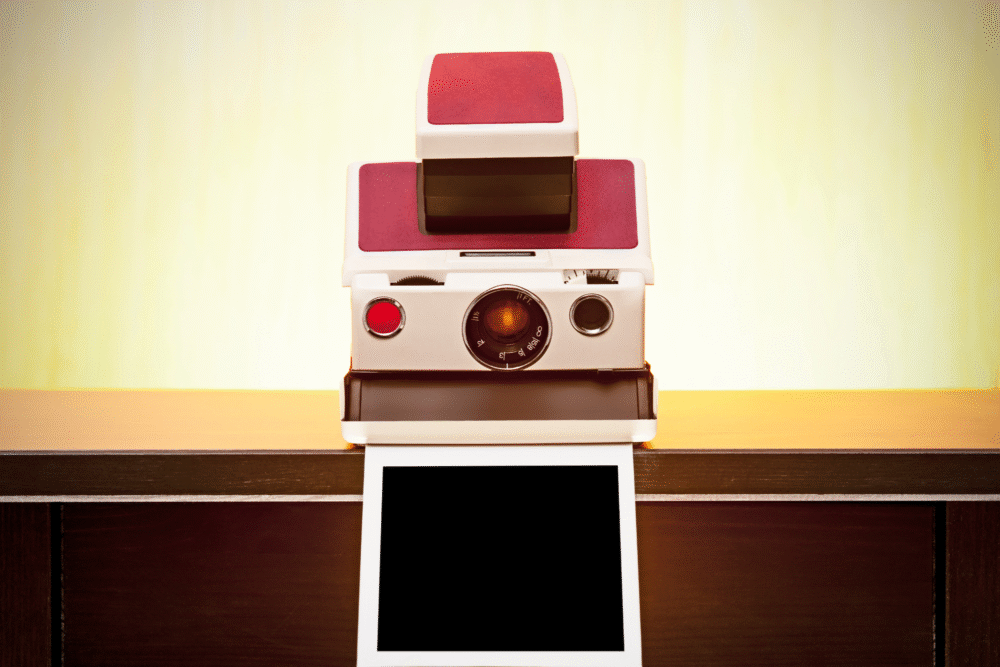
In a world of perfect digital images, the imperfect, instant charm of a Polaroid photograph has a powerful appeal. This has led to a major resurgence in the popularity of vintage Polaroid cameras. While the company has had a tumultuous history, the original cameras, particularly the iconic SX-70 model with its folding SLR design, are now prized by photographers and collectors.
Pawn shops are keen to buy these cameras, especially the more desirable models from the 1970s. The value depends on the model, its cosmetic condition, and whether it has been tested and is known to be in working order. What was once a fun party camera can now be a valuable piece of photographic history.
9. Early personal computers are historic artifacts.
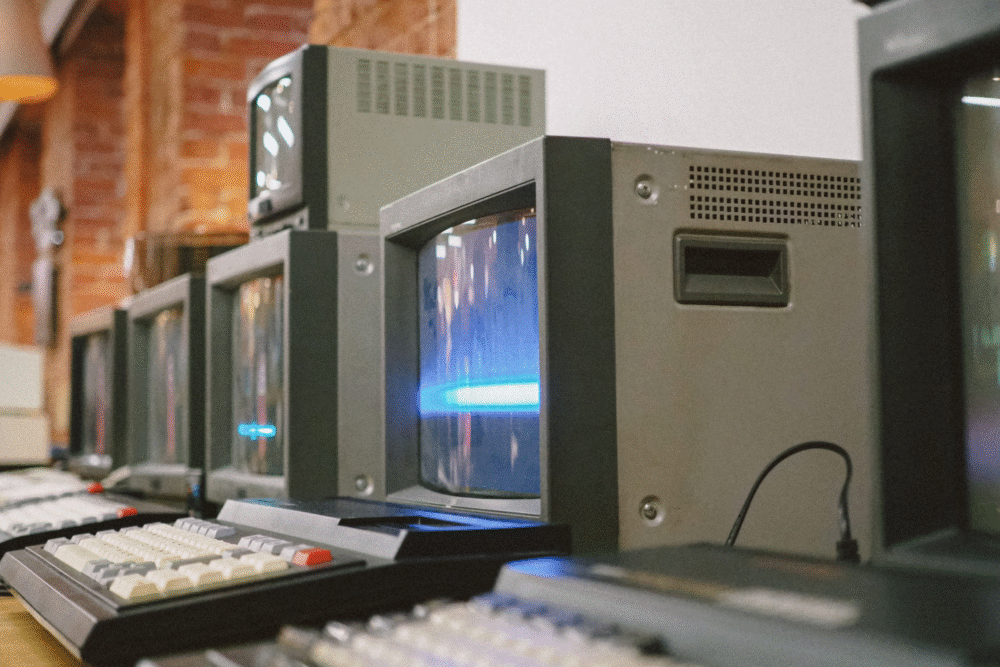
The beige boxes that once heralded the dawn of the home computing age, like the Apple II, Commodore 64, and the original IBM PC, are now considered important historical artifacts. While their computing power is minuscule by today’s standards, their significance in the history of technology makes them collectible. A complete system, with its original monitor, keyboard, and disk drives, is a rare find.
A pawn shop might not be the typical venue for these items, but a knowledgeable buyer will understand their collectible value, especially to museums or dedicated hobbyists. The original packaging, manuals, and software can dramatically increase the worth of these pioneering machines, transforming them from obsolete hardware into a piece of history.
10. High-end vintage stereo receivers are prized by audiophiles.
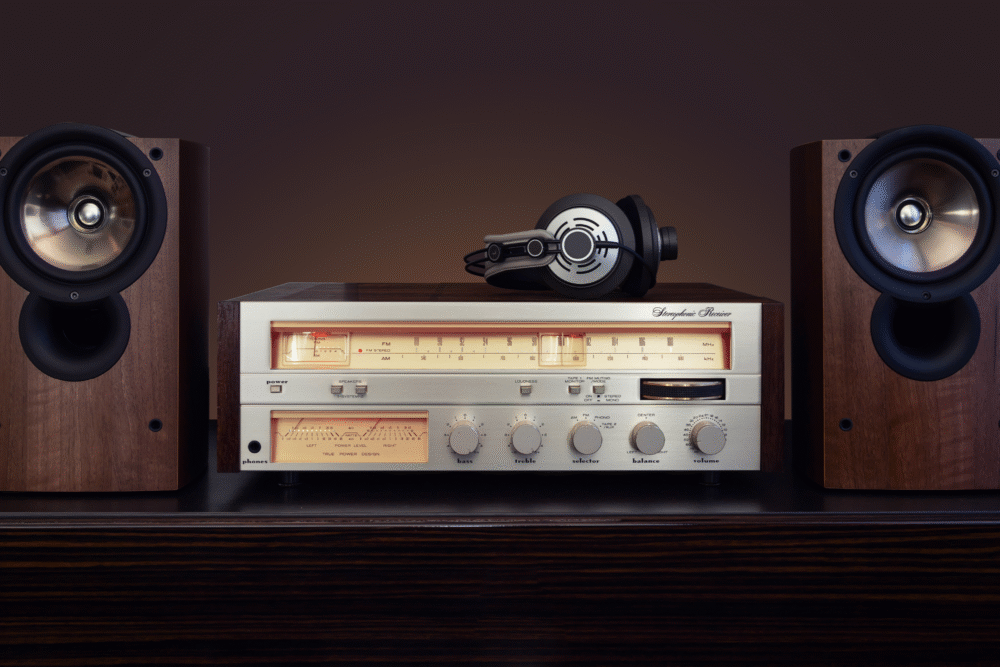
Before the era of minimalist soundbars, the stereo receiver was the heart of a home audio system. The silver-faced receivers from the 1970s, from brands like Marantz, Pioneer, and Sansui, are now legendary among audiophiles. They are coveted for their powerful, warm sound, robust build quality, and timeless aesthetic. These units were built to last, and many are still in use today.
A high-powered vintage receiver in good working and cosmetic condition can be worth hundreds, or even thousands, of dollars. Pawn shop owners are very familiar with the “silver era” of audio and are always on the lookout for sought-after models. A receiver that once powered your dad’s college parties could now be a highly valuable piece of audio gear.
11. Vertu luxury cell phones are a strange and valuable niche.
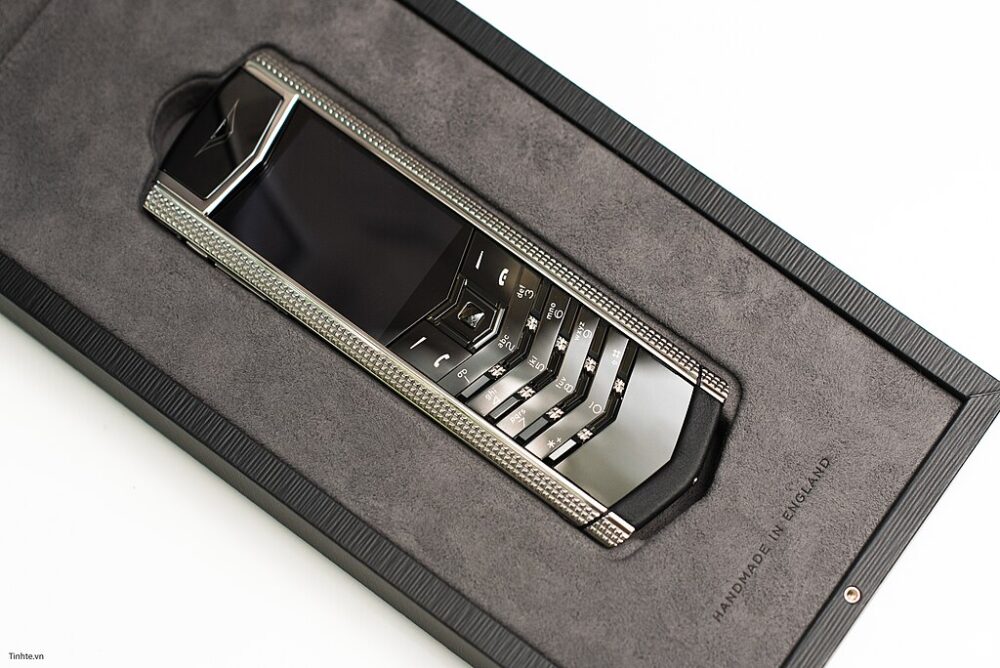
In the era before the iPhone, the British manufacturer Vertu created ultra-luxury cell phones for the super-rich. These devices were hand-built from exotic materials like titanium, sapphire crystal, and leather, and they were more akin to fine jewelry than consumer electronics. While their technology is now completely obsolete, they have become valuable collector’s items due to their rarity and opulent craftsmanship.
A pawn shop, especially one that deals in luxury goods, will recognize a Vertu phone immediately. Despite being useless for making calls or Browse the internet, their value as a status symbol and a piece of design history persists. An original Vertu phone, complete with its case and documentation, can be a surprisingly lucrative find.
